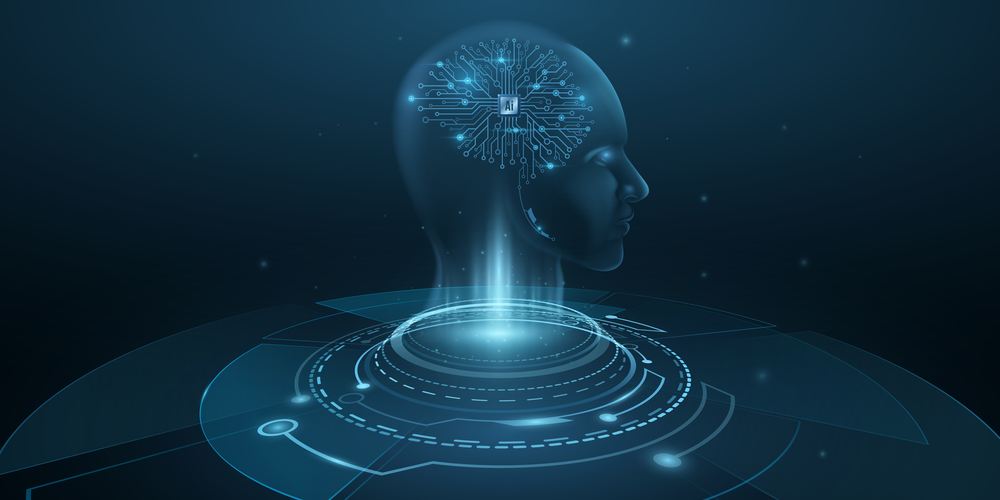
At the recent Red Hat Summit, Red Hat and Run:ai announced a collaboration to enhance Red Hat OpenShift AI with advanced GPU optimization capabilities. This partnership addresses the escalating demand for GPU resources as businesses expand their AI operations, ensuring efficient resource management and reliability across hybrid cloud environments. By integrating Run: ai’s resource allocation technologies, the initiative promises to significantly boost the scalability and performance of AI workflows and to offer enhanced hybrid cloud capabilities.
Addressing the Critical Need for GPU Optimization
As enterprises delve deeper into artificial intelligence (AI) to drive innovation and efficiency, the role of Graphics Processing Units (GPUs) becomes increasingly critical. GPUs are essential for powering complex AI processes such as model training, inference, and real-time data analysis. However, these powerful processors come with high costs and management challenges, particularly when deployed across distributed training jobs and inferencing tasks in a hybrid cloud environment.
The collaboration between Red Hat and Run:ai is specifically designed to address these challenges. By optimizing the allocation and use of GPU resources, the partnership aims to prevent the underutilization of expensive GPU assets and manage the competing demands of various AI workloads. This capability is especially pertinent in hybrid cloud setups where resource distribution and management can become fragmented and inefficient.
Red Hat OpenShift AI, enhanced with Run:ai’s cutting-edge orchestration platform, now offers a solution that maximizes GPU utilization and simplifies the scheduling of AI workloads. It ensures that mission-critical tasks receive the necessary resources without delay. The integration of Run: ai’s technologies enables enterprises to adopt a more dynamic approach to resource management, where GPU power can be precisely allocated based on workload importance and urgency. This strategic optimization helps reduce operational costs and improve the overall efficiency of AI projects, enabling businesses to achieve more with their existing infrastructure.
See also: Navigating the Next Era of Hybrid Cloud Adoption
Benefits of the Collaboration
The partnership between Red Hat and Run:ai brings several transformative advantages to enterprises seeking to enhance their AI capabilities within hybrid cloud environments. By integrating Run: ai’s advanced capabilities with Red Hat OpenShift AI, this collaboration streamlines GPU management and elevates the overall efficiency and effectiveness of AI operations.
Improved GPU Scheduling
One of the foremost benefits of this collaboration is the enhancement of GPU scheduling. Run: ai’s technology integrates a dedicated workload scheduler into Red Hat OpenShift AI, prioritizing AI tasks based on urgency and resource requirements. Critical AI workloads receive the necessary computational power without delays, optimizing the throughput and reducing bottlenecks in AI processes.
Fractional GPU Utilization
Another significant advancement brought about by this partnership is the ability to utilize fractional GPUs. This feature allows for the dynamic allocation of GPU resources, where tasks can use a portion of a GPU’s capabilities rather than the entire unit. Such granularity in resource allocation maximizes GPU usage and prevents resource wastage, making AI operations more cost-effective and scalable.
Enhanced Control Over Shared GPU Resources
With multiple teams often working on different AI projects within an organization, managing shared GPU resources efficiently is crucial. The integration of Run: ai’s platform provides enhanced visibility and control over these resources. Teams across IT, data science, and application development can now access and allocate GPU resources more effectively, tailoring their usage to specific project needs. This enhanced control helps align resource allocation with organizational priorities and budgeting, improving the ROI on GPU investments.
Advanced Technical Enhancements for Streamlined AI Operations
The partnership between Red Hat and Run:ai introduces key technical enhancements to Red Hat OpenShift AI, optimizing GPU management for more efficient AI operations.
- Dedicated Workload Scheduler: Central to these enhancements is a sophisticated workload scheduler that intelligently prioritizes AI tasks based on their urgency and resource needs. This ensures that essential tasks access necessary resources promptly, reducing delays and boosting processing efficiency.
- Dynamic Resource Allocation: This feature allows for flexible GPU usage, supporting fractional GPU utilization where tasks use only the needed portion of GPU resources. This adaptability maximizes GPU efficiency and cuts down on energy use and costs associated with underutilized GPUs.
- Enhanced Visibility and Control: The collaboration improves visibility into GPU usage across various projects and teams, enabling better resource management decisions. Administrators gain precise control over GPU allocations, improving resource distribution alignment with project requirements and budgets.
These enhancements streamline AI operations management and maximize ROI in AI technology investments, helping organizations maintain high operational efficiency and adapt swiftly to changing workload demands.
See also: Getting the Most from Cloud Parking
Future Prospects: Enhancing AI Deployment and Efficiency
As Red Hat and Run:ai advance their collaboration, they are planning developments that aim to enhance customer experiences and streamline AI model deployments in production environments:
- Seamless Integration and User Experience: Future updates will focus on deeper integration between Run: ai’s orchestration capabilities and Red Hat OpenShift AI, aiming to simplify the management of AI operations with an intuitive user interface and streamlined processes for faster deployment from development to production.
- Automated AI Workflows: Automation of AI workflows is on the horizon. This will enable dynamic scaling and optimization of AI models based on real-time performance, thus enhancing operational efficiency and reducing the need for manual adjustments.
- Enhanced Data Management Capabilities: Improvements are planned in data management to support quicker data ingestion, processing, and storage, which is crucial for the efficient training and deployment of complex AI models.
- Expanded Support for Diverse Environments: The partnership intends to broaden support to various cloud services and infrastructures, facilitating more flexible AI application deployment across different platforms and enhancing resource utilization.
These planned enhancements aim to elevate the standard of enterprise AI operations, making sophisticated AI capabilities more accessible and impactful across diverse industry sectors.
Building Enhanced Hybrid Cloud and Enterprise AI Operations
The collaboration between Red Hat and Run:ai marks a significant milestone in optimizing IT operations for the AI era, as emphasized at the Red Hat Summit. This partnership addresses the complex demands of managing AI and ML workloads in hybrid cloud environments by enhancing Red Hat OpenShift AI with advanced GPU management and workload scheduling features.
The integration enables enterprises to manage and scale their AI operations efficiently, ensuring robust performance and resource optimization. Planned future enhancements aim to further streamline AI deployments through improved integration, automated workflows, and expanded cloud support, empowering businesses to use AI more effectively and sustainably.
As AI continues transforming industries, the strategic alliance between Red Hat and Run:ai is crucial in helping organizations fully leverage their AI investments and drive global innovation. With enhanced hybrid cloud capabilities, companies can better take advantage of what the cloud can offer.

Elizabeth Wallace is a Nashville-based freelance writer with a soft spot for data science and AI and a background in linguistics. She spent 13 years teaching language in higher ed and now helps startups and other organizations explain – clearly – what it is they do.


